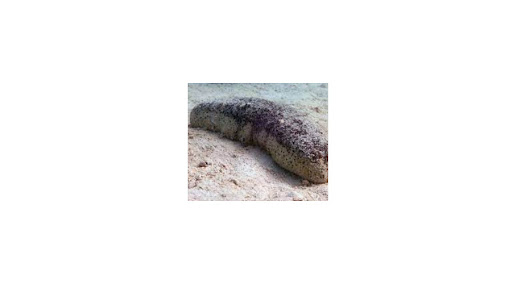By Liliana Wargasetia
20 April 2022
The aim of cancer therapy is to specifically eradicate tumor cells while causing minimal damage to normal tissues and minimal side effects. Because of this, the use of natural substances with low toxicity is a good option.
Sea cucumbers are one of many potential marine animals that contain valuable nutrients and medicinal properties. The medicinal value of sea cucumbers is attributed to the presence of bioactive agents with promising biological and pharmacological properties that include cytotoxic activity, induction of apoptosis, cell cycle arrest, inhibition of tumor growth, anti-metastatic and anti-angiogenic properties, and inhibition of drug resistance. This review discusses the mechanisms of cancer cell death induced by sea cucumber-derived compounds with regard to exploring the potential use of these marine natural products for cancer therapy.
Introduction
Cancer is the second leading cause of death worldwide, and the incidence is on the rise in both developing and developed countries [1]. The rapid development of resistance to cancer drugs, and the high toxicity and side-effects of some cancer chemotherapy drugs have caused an increase in the demand for new anti-cancer drugs, particularly from natural products [2]. For more than 40 years, natural products have played a prominent role in cancer treatment, either in their native or modified forms [3]. A 15-year survey conducted by the National Cancer Institute of the United States discovered that 4% of marine species tested (largely animals) contained anti-tumour properties [4]. Recently, the search for anticancer agents derived from marine natural products has increased.
Historically, the marine environment has proven a rich source of potent natural anti-cancer metabolites. Spongothymidine was the first marine-derived substance, found in 1945, to be developed for the treatment of acute myeloid leukemia and lymphoma.
Sea cucumbers (or holothurians), belonging to the class Holothuroidea, phylum Echinodermata, are marine invertebrates that are found in benthic areas and deep seas. They have leathery skin and a gelatinous body, shaped like soft-bodied cucumbers. Sea cucumbers, also called trepang, bêche-de-Mer, gamat, balate, or harshens (marine ginseng), have long been utilized in food and Asiatic folk medicine [7, 8]. They contain valuable nutrients such as vitamin A, B1, B2, B3, magnesium, calcium, zinc, iron
Many researchers have reported the anti-cancer activity of substances derived from sea cucumbers and have published the molecular mechanism of these agents in cancer cells. In this review, we will discuss the anti-cancer activities and molecular mechanisms of bioactive metabolites derived from sea cucumbers. This review is expected to provide new insight into the possible therapeutic activity of bioactive compounds derived from sea cucumbers for the treatment of many different types of cancers.
Source – National Library of Medicine
Comments
The sea cucumber harvested in Solomon Island’s waters could be of value to the pharmaceutical industry and the potential of its use as an anti-cancer medicine should be investigated.
Yours sincerely
Frank Short



